Where to Eat Authentic Sichuan Hot Pot in Chengdu: A Spicy Guide for First-Time Visitors
Suggested Outline:
-
Why Sichuan Hot Pot Is a Must-Try in Chengdu
-
What Makes Chengdu Hot Pot Different: Flavor, Broth, and Culture
-
Top Authentic Hot Pot Restaurants in Chengdu for Foreign Travelers
-
Tips for Ordering and Surviving Your First Spicy Hot Pot Experience
Where to Eat Authentic Sichuan Hot Pot in Chengdu: A Spicy Guide for First-Time Visitors
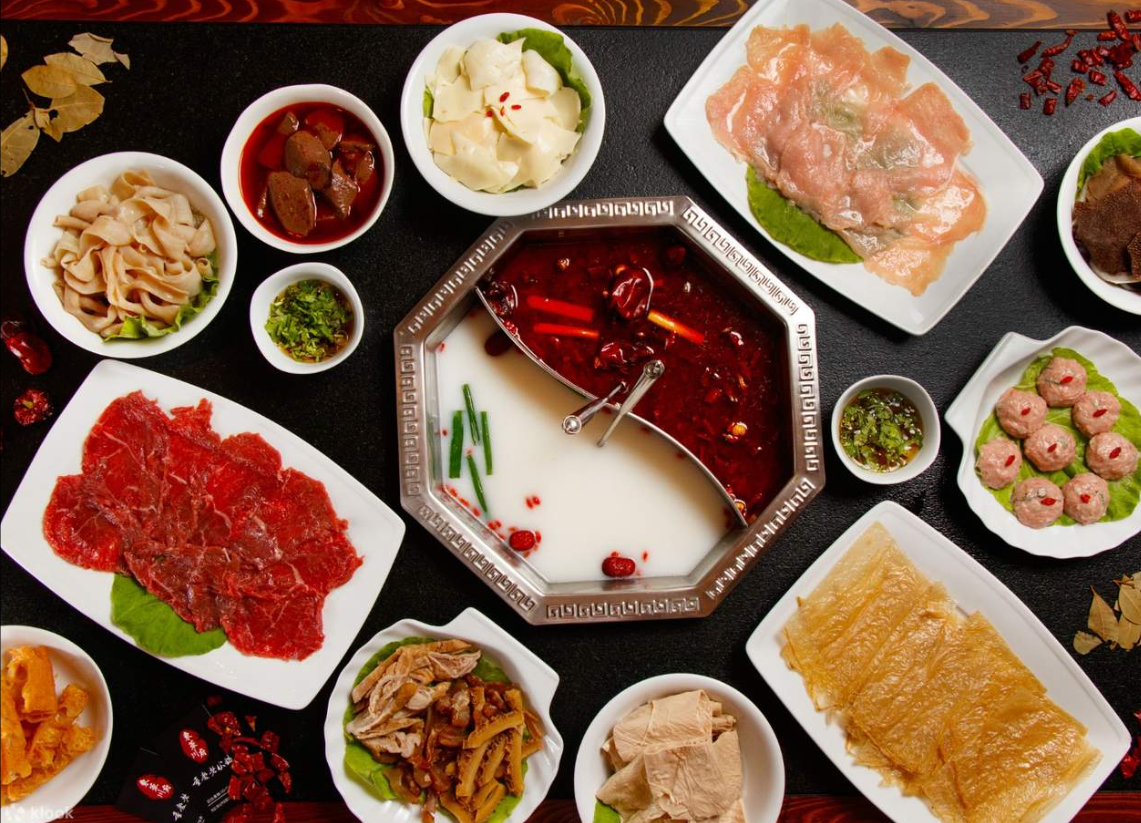
1. Why Sichuan Hot Pot Is a Must-Try in Chengdu
If you’re traveling to Chengdu, the capital of China’s Sichuan province, one thing is non-negotiable: trying the city’s famous spicy hot pot. More than just a meal, Sichuan hot pot is a cultural experience that blends bold flavors, social dining, and culinary thrill. Locals don’t just eat it—they gather around it, laugh over it, and sweat through it. Whether you love spicy food or not, hot pot in Chengdu is something you simply shouldn’t miss.
2. What Makes Chengdu Hot Pot Different: Flavor, Broth, and Culture
Sichuan hot pot stands out for its numbing spice, known as "mala"—a mix of Sichuan peppercorns and chili oil. The broth is usually split into two sections: one fiery red and the other mild or herbal, to suit different heat levels. What also makes it unique is the wide variety of ingredients you cook yourself at the table: sliced beef, lotus root, duck intestine, tofu skin, mushrooms, and even rabbit meat.
Dipping sauces are another key element. Locals often make their own using sesame oil, garlic, soy sauce, oyster sauce, chopped cilantro, and even raw egg yolk. It’s a deeply personal part of the experience, like building your own flavor fingerprint.
3. Top Authentic Hot Pot Restaurants in Chengdu for Foreign Travelers
Here are some reputable hot pot spots that combine authenticity with traveler-friendliness:
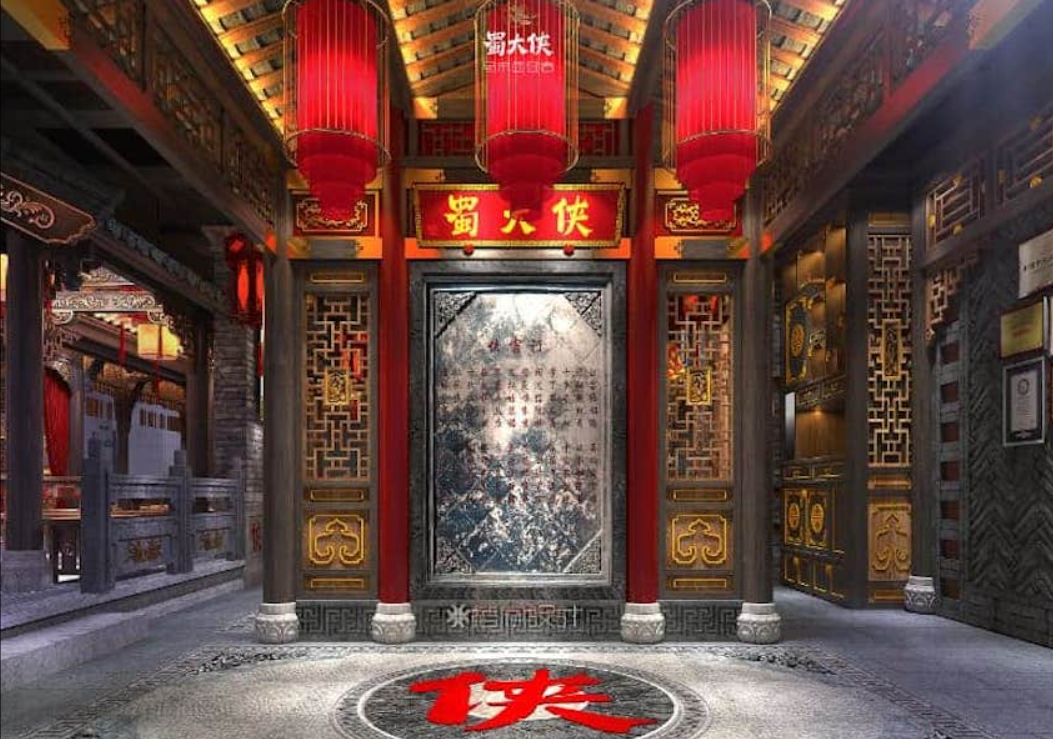
a) Shu DaXia Hot Pot (蜀大侠火锅)
This chain mixes traditional Sichuan flavors with a theatrical twist—staff dressed as kung fu warriors, dramatic decor, and good service. The broth is classic and rich, with options to go full-spicy or half-and-half. English menus and photo illustrations make it easy for tourists to order.
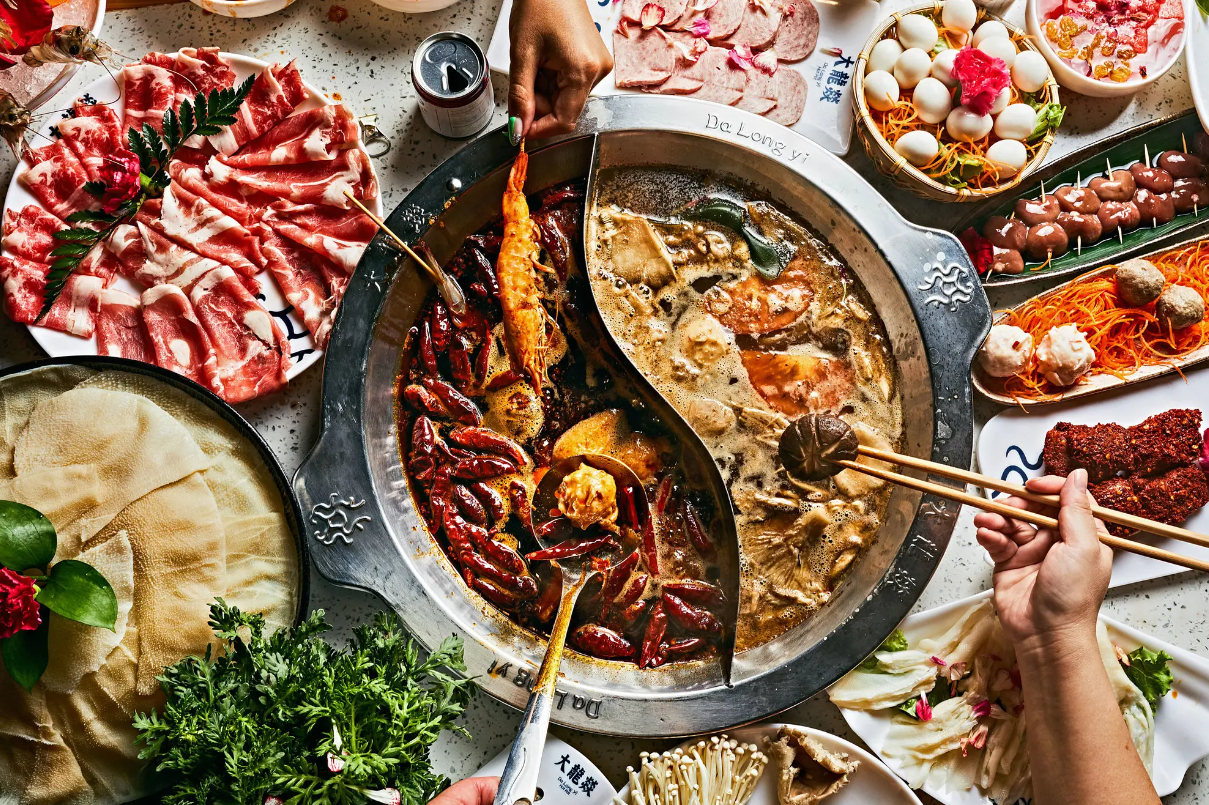
b) Lao Ma Tou Hot Pot (老码头火锅)
A favorite among locals, this place offers a deep, spicy broth with strong mala flavor. It’s less commercial than many chains, but still accessible. Be sure to try their signature beef tripe and duck blood—if you’re feeling adventurous. It’s a little more intense, so best for those who’ve had hot pot before.
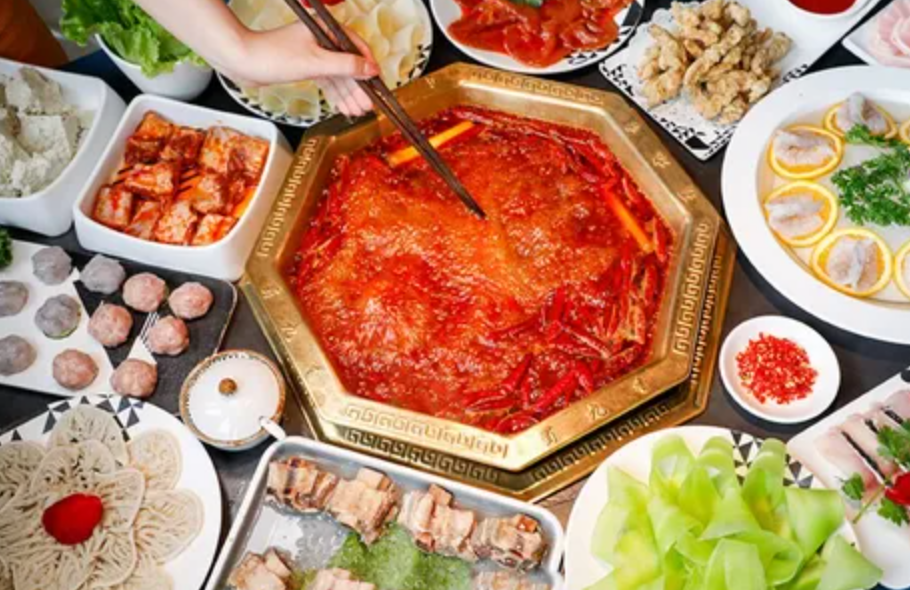
c) Huang Cheng Lao Ma (皇城老妈)
One of the most well-known hot pot brands in Chengdu, with a beautiful environment that feels more upscale. The flavor is classic Sichuan but slightly toned down, which works well for first-timers. It’s pricier but comes with great service and a variety of ingredients.
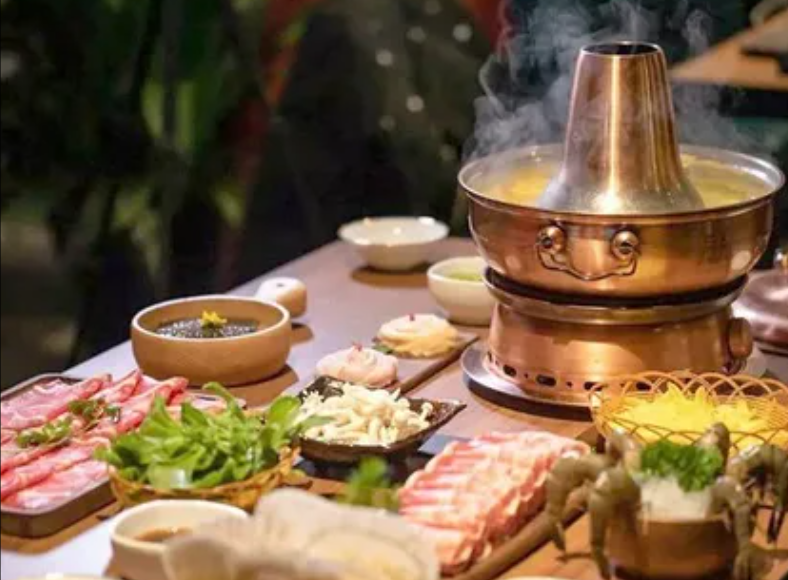
d) Da Miao Hot Pot (大妙火锅)
Well-known for combining dining with Sichuan opera performances. If you want food and culture in one evening, this is your spot. Their broth is rich, but customizable, and they often have bilingual staff on hand.
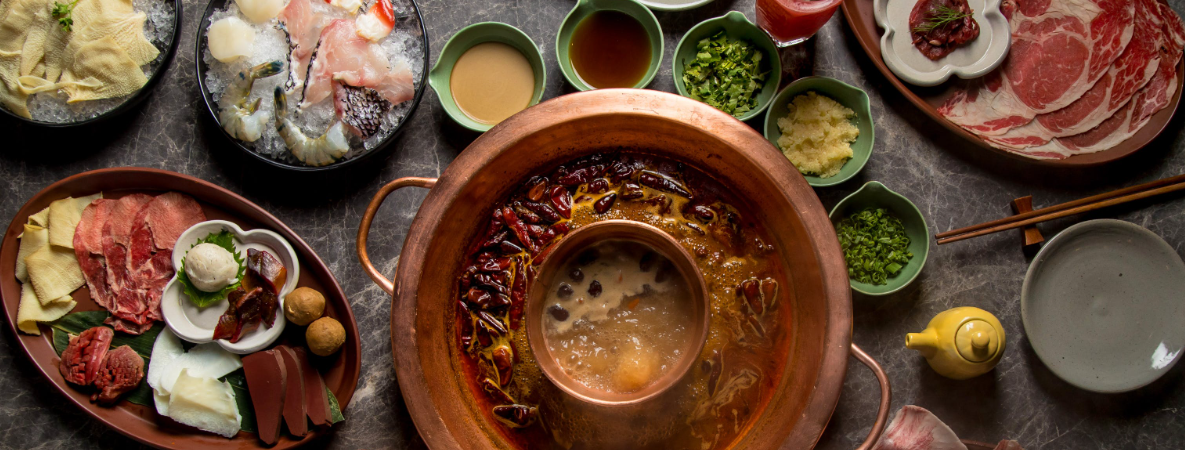
e) Tan Yu Tou (谭鱼头)
Famous for fish-based hot pot, this option is a bit different from the typical red chili-heavy style. If you’re curious to try Sichuan spice without committing to the full blaze, this is a good in-between.
4. Tips for Ordering and Surviving Your First Spicy Hot Pot Experience
-
Choose your spice level carefully: Most restaurants let you choose mild, medium, or "local spicy"—go easy if it’s your first time.
-
Try the split pot: It lets you enjoy both spicy and non-spicy broth in the same pot.
-
Balance your ingredients: Don’t just pick meat—try vegetables like winter melon, mushrooms, or potato slices to cool down your mouth.
-
Watch the cooking times: Beef slices only need a few seconds, while root vegetables and tofu need a bit longer.
-
Drink herbal tea or soy milk: It helps neutralize the heat better than water.
-
Don’t forget the dipping sauce: Sesame oil helps tone down the spice and brings out flavor. Try mixing in garlic, coriander, or even sugar for balance.
Final Thoughts
Chengdu is more than just pandas and teahouses—it’s the heart of China’s spice kingdom. And there’s no better way to experience that spice than with a bubbling, fragrant hot pot surrounded by locals. Whether you choose a flashy restaurant with kung fu shows or a low-key joint hidden in a side street, your taste buds are in for a rollercoaster ride.
Just be warned: once you get used to mala, plain food might never taste the same again.

